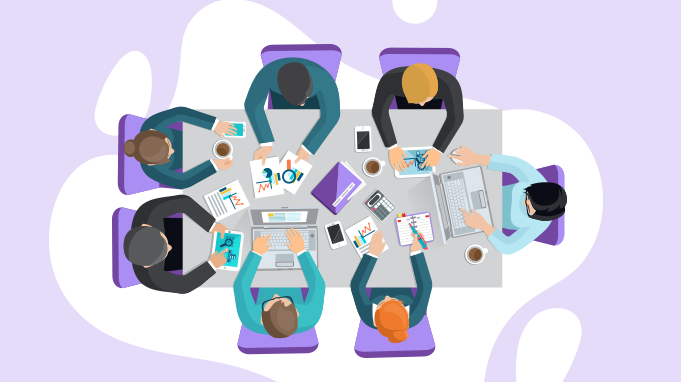Meeting recovery syndrome can affect us all. You've probably experienced it at some point.
It's part and parcel of the every one who has attended or will attend meetings—online and otherwise.
A report by Dr. Steven, the author of The Surprising Science of Meetings from the University of North Carolina at Charlotte, examined how good and bad meetings affected participants.
The research also expanded on ideas from previous studies, which included inclusivity, leadership, and a term called meeting recovery syndrome.
The research was conducted on a group of British workers who believed that a portion of their leaders come unprepared for meetings.
Only 13% of them felt their leaders had an effective meeting plan. Furthermore, only 39% of Britons indicated that their leaders go into a meeting in a positive mood, while 73% of Britons believed that their leaders' attitudes affected the spirit of the meeting.
This study also suggested the existence of "meeting recovery syndrome" (MRS). The idea is that attendees of bad meetings don't leave the bad experiences at the door, but it sticks and negatively affects them even outside of the meeting.
Meeting recovery syndrome vs. Zoom fatigue
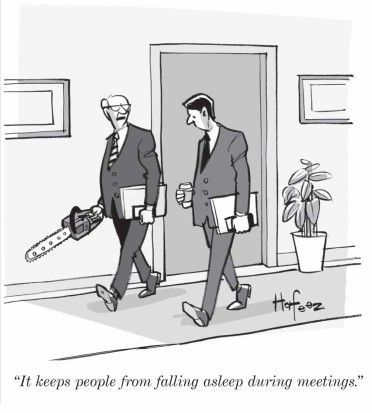
What is meeting recovery syndrome?
It isn't groundbreaking to say that meeting recovery syndrome is just a name for feeling fatigued or tired after a meeting. It is a concept that almost anyone prone to too many meetings while working from home knows.
However, only in recent decades did this become worthy of further investigation. With its connection to business efficiency and employee engagement, meeting recovery syndrome has gained the attention of psychologists to understand its causes and cure.
The effect of meeting recovery syndrome
As humans, we transition a lot between tasks, from sitting in a meeting to working on a presentation. Switching expends significant energy, and if we're already drained to dangerous levels, this switch will get extra tricky.
This is where people go and cyber-loaf, the act of going to get a coffee and maybe interrupt another colleague to tell them about the boring meeting they just had and so on.
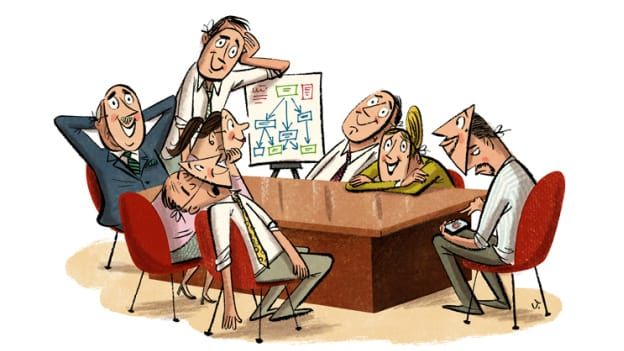
Each person's recovery is different as some can bounce back quickly while some need time and carry this fatigue throughout the day.
Researchers hypothesize this syndrome takes time to replenish our finite physical and mental resources. In short, to recover from unproductive meetings, people need time, and with MRS, switching between tasks that take 10-15 minutes could approximately take up to 45 minutes.
Meetings sap stamina from a person when they fail to engage the participants, last too long, or turn into one-sided lectures; hence, taking time to recover is essential, but what if this comes at the expense of productivity.
It gets even worse when the employee has too many meetings scheduled without enough time to transition. There isn't enough time to recover for the next meeting, and the compounding of back-to-back unproductive meetings may lead to an epidemic of MRS.

Is Zoom fatigue real?
With the new norms where interactions take place virtually, you haven't had to battle traffic to reach your workplace or have people walking in and out of your space, yet after a Zoom call, you find yourself completely exhausted. Why is that?
Countless, pointless, endless, and back-to-back Zoom meetings that deplete your energy for the day are agonizing. You must be enjoying your job with an excellent team and work culture, but the fact that you have to waste time on too many meetings while working from home rather than getting any actual work done can be demotivating.
In fact, researchers at Stanford University found out that video conferencing demands greater cognitive processing than in-person meetings.
Have you ever felt this way? If so, you aren't alone. Zoom fatigue or virtual fatigue is a thing, and many people who deal with it refer to it as the exhaustion you feel after a video call or conference.
A lot of this comes from the increased cognitive demands of virtual communication.
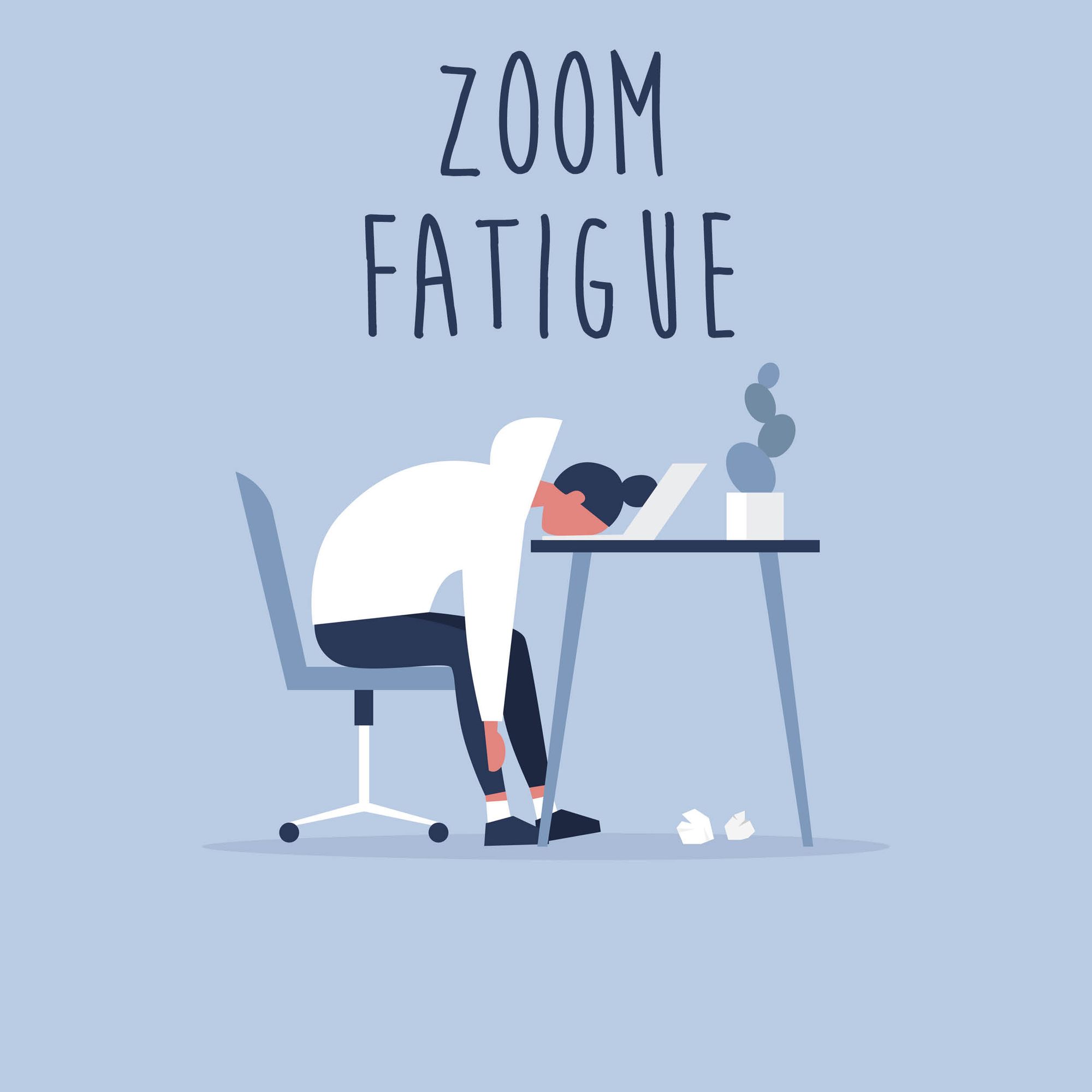
The effect of Zoom fatigue
Zoom fatigue is very similar to mental and physical burnout, the symptoms are pretty familiar, yet they're most often ignored because people think it's all in their heads. On top of this, the pandemic has caused a dip in everyone's mental health.
Yet most of the time, everyone's expected to work as if nothing happened. The tell-tale signs of exhaustion include feeling exhausted or apathetic and having reduced work performances.
Apart from these, the other vital signs of burnout include forgetfulness, difficulty concentrating and maintaining relationships, frustration or irritability with co-workers, and other physical symptoms like muscle tension, insomnia, and pain.
In a recent peer interview article published by Stanford University, they found out that:
- People zone out easily during virtual interactions. Face-to-face interactions make it easier to pay attention than screen-to-screen.
- In-person communications make us happier. Brain scans of people during virtual interactions and in-person communication demonstrated that the brain's reward regions showed some activity during the latter. Screen-based interactions seem intense as people view others' heads at an unnatural size and feel someone is always staring at them. The brain interprets these signals as threats.
- Virtual interactions make it harder for people to connect with others. The lags in audio, inability to make eye contact and the peculiarities of virtual meetings can impact our brains negatively and lower our ability to follow and relate to others.
- Being forced to turn on the video is mentally exhausting. Showing your image is like performing in front of a mirror, but you aren't the only one seeing yourself this time. According to a research, this is exhausting, particularly to many women.
- Our brains need to work harder to make up for lost context. Sometimes we don't recognize or understand verbal cues while in the same room, so think of virtual calls where we hardly see the person; this means we need to expend more cognitive effort.
So how can we have meetings that don't sap our energy and productivity?

Why and how to reduce meeting time
Research suggests that out of 23 hours that employees spend on meetings a week, 8 of them are unproductive. 90% of people daydream, 73% admit that they use this time to do something else. In fact, meetings that last longer aren't always in the participants' hands but the leader's.
They must see themselves as the "stewards of everyone's time." Recent research shows that leaders consistently rate their meetings as favorable and more positive than the participants.
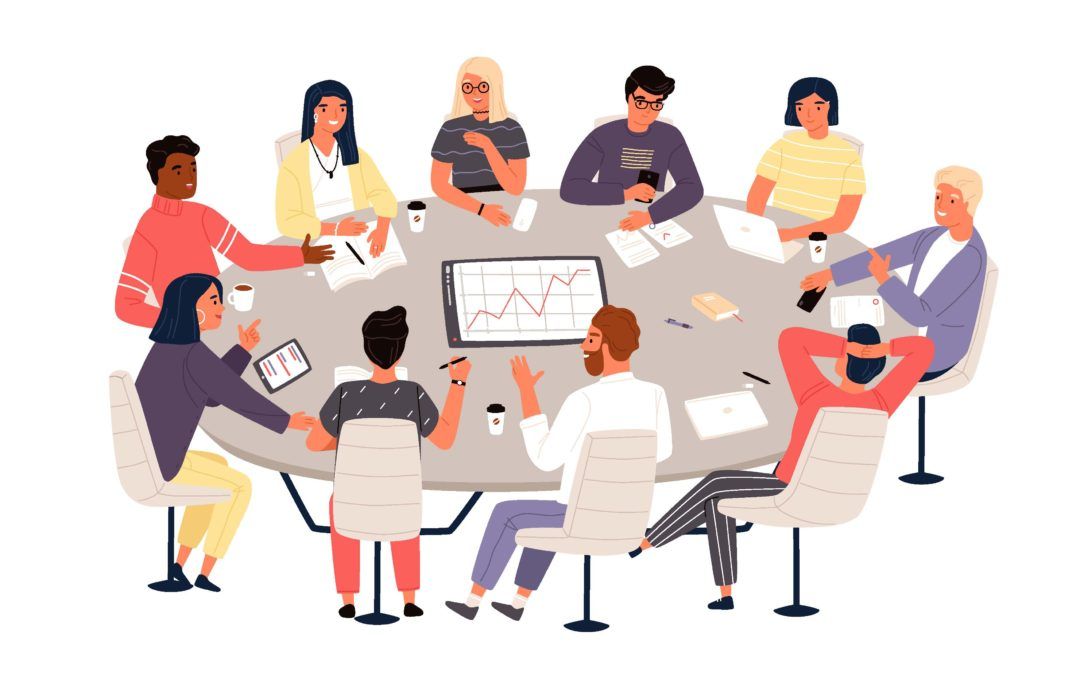
For instance, a survey of more than 1300 managers estimated that 79% of them admitted that the meetings they initiated were extremely productive while only 56% said the same about sessions conducted by others—this is clear evidence of "I'm not the problem here" attitude.
Hence, it begins with the leader. When you identify and rectify the issues with your meetings, everything else falls in place.
Here are some ways you can save time during meetings:
Set a meeting time
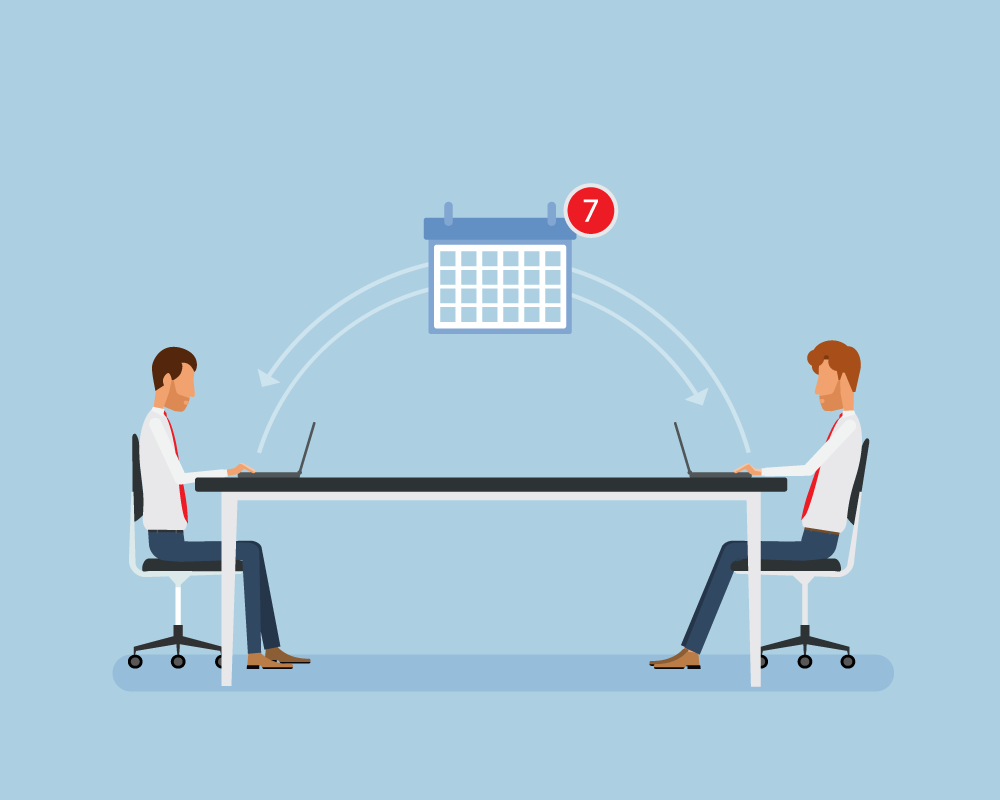
Avoid defaulting to hour-long meetings considering we all have a shorter attention span. Don't hesitate to schedule a 5-10 minutes meeting or avoid a meeting altogether.
Research shows that reducing the length of the meeting can create positive energy, and groups that operate under some pressure level perform better, as they have increased focus and stimulation.
Don't Over Invite
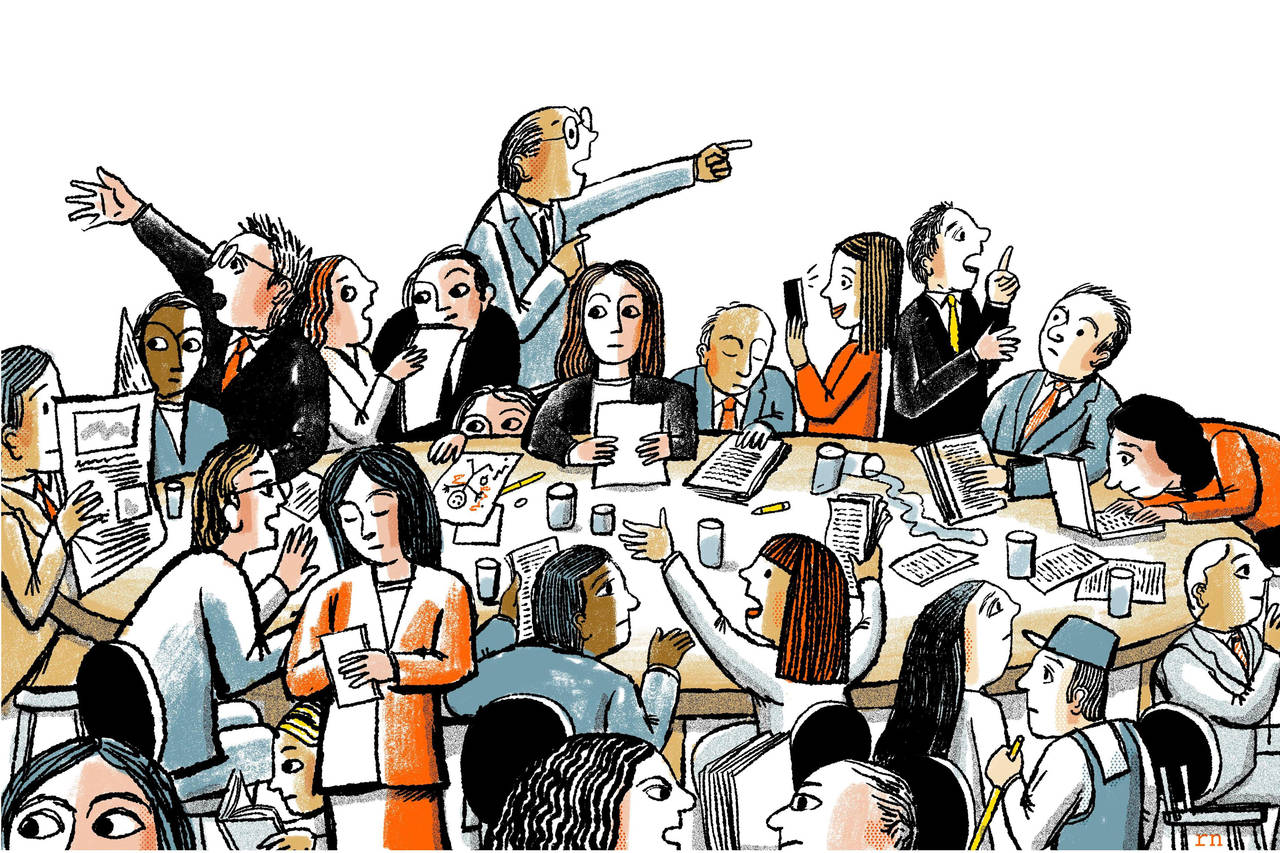
Virtual meetings get draining when there are more people. Luckily, remote meetings can be recorded and shared with attendees who weren't part of the call. Fireflies.ai helps you do this seamlessly.
Let people off the hook if they have nothing to contribute, as they can easily listen to the recording later on.
Sharpen your meeting agenda
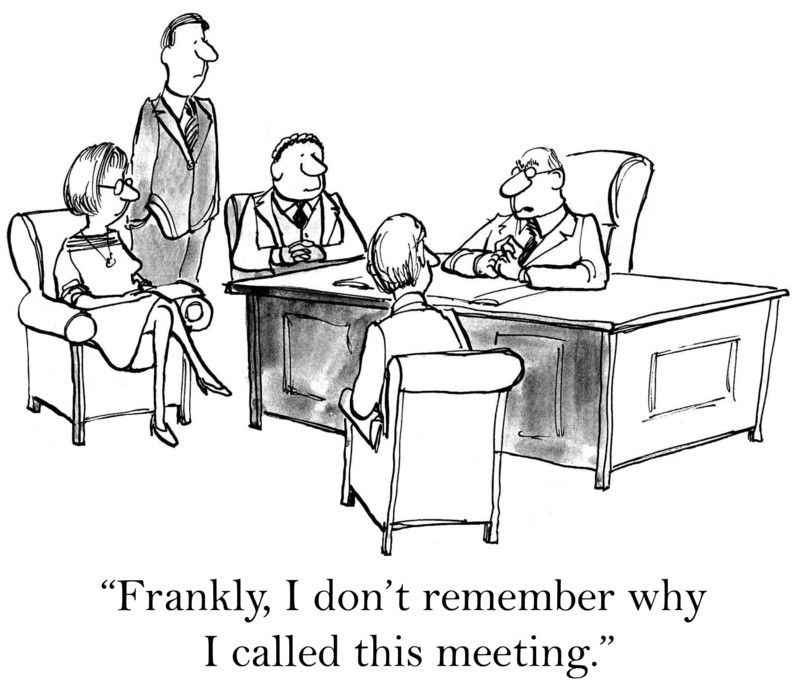
To stay focused during meetings, create a meeting agenda with a set of questions rather than topics to be discussed. You will better understand who needs to be invited to the meeting by framing the questions.
Once all the questions are answered, you end the meeting. This way, you can quickly gauge how the meeting went without wasting any time.
Less time during meetings ultimately leads to more employee engagement, which experts agree is a remedy for MRS and Zoom fatigue.

Ways to prevent meeting recovery syndrome
Is it possible to host meetings with perfection? Probably not.
But you can make them more efficient and engaging with focused development and intentionality. While you cannot control everyone else's meetings, you can bring these changes and make excellent meeting choices with the following tips.
Start the meeting well
Everyone's mood matters, especially the meeting organizers'. It sets the tone for the meeting. Research suggests that this could positively affect the attendees as their mood mirrors yours.
Start with energy, gratitude, and appreciation, especially during tough times. Doing this will also promote creativity, constructiveness, and listening.
Start on time
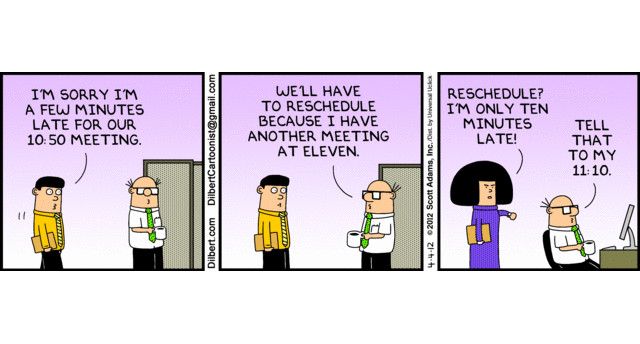
Nothing kills the energy like a 15-minute delay because people can't get their audio to work, someone isn't prepared with the presentation or some technical hiccups.
Always make sure to log in 5 minutes early. Even ending meetings late creates stress, so don't run over.
Actively facilitate
Embracing the role of a facilitator is the key to successful remote meetings. Call out the attendees and make sure they actively engage. For example, "Leah, please share your thoughts on this slide."
Consider keeping a tally to make sure all contribute and everyone has voiced their opinion. Avoid asking "any comments?" as this is very generic; instead, ask specific questions, if needed to one person.

Establish norms
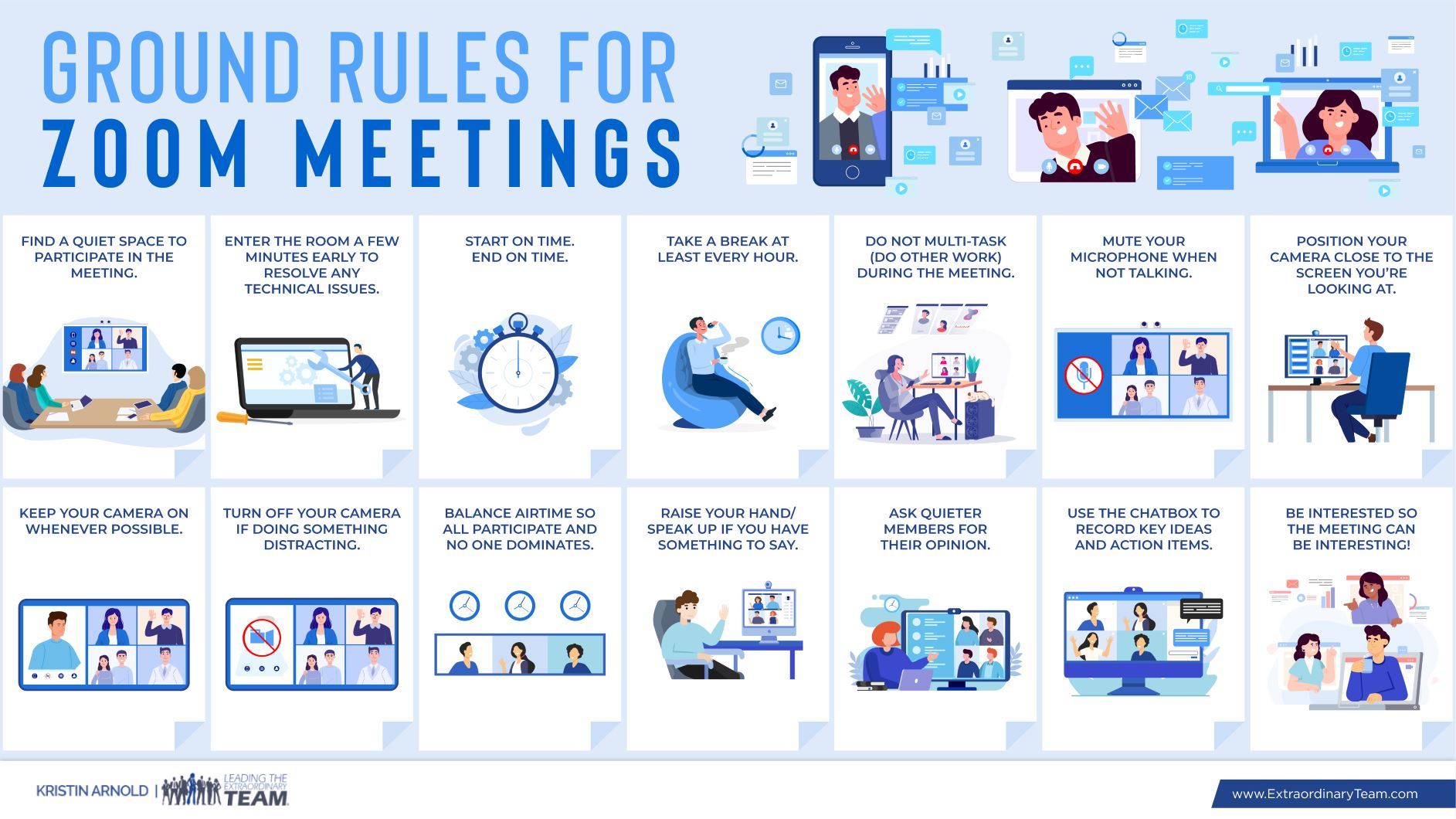
Every successful meeting has its own norms. There are prerequisites, and then there are things you need to avoid.
Periodically create mutual expectations about the meeting like "each one has 60 seconds to contribute so that everyone gets a chance to speak" and then give others a chance to respond.
You could also set norms on when to take breaks if the meeting goes on for more than an hour.
Use tools
You don't have to speak to voice your opinion most of the time. Some apps allow participants to vote or say 'yes' or 'no' during a discussion. You can do all of this in real-time, reducing time in the decision-making and ending the meeting sooner.
People also have a choice to speak if they want to. There are chat rooms for this if you're going to point out just one thing rather than opening a new conversation verbally. Utilizing technology can save so much time!
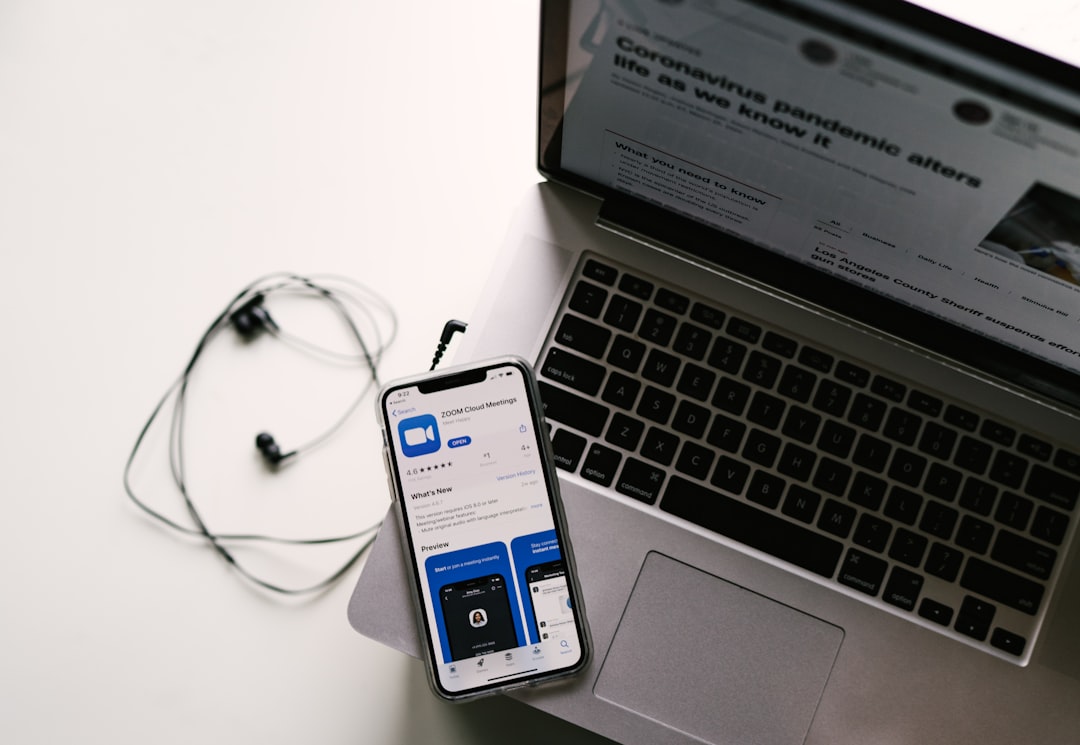
End meetings well
Make sure to clarify the key takeaways and identify each person's responsibilities or action items. Don't leave until everyone's clear of their duties.

Ask for feedback
Feedback is the best way to make your team meetings worthwhile. Send out a survey where anyone can share their views openly or anonymously.
Feedback can be both positive and negative, providing ideas for improvement. You learn and reflect upon this and can make your future meetings effective.
Now that you have a roadmap to serve your team and organization better by understanding meeting recovery syndrome, zoom fatigue, and preventive methods to combat them, you can make your work-life meaningful, one meeting at a time.
On the road to recovery
The best way to avoid MRS is by doing things that can quickly change the participant's mood from negative to positive. These counter-MRS ideas can help do just that.
And while you're at it, rethink ways to prioritize employees' time and eliminate the very reason for MRS.
Read Next:
